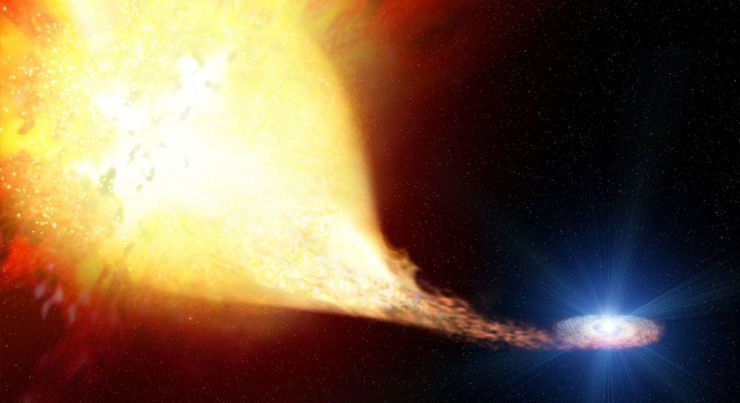Circa 2012
Back in 1871, James Clerk Maxwell predicted that light exerts a force on any surface it hits. This radiation pressure was experimentally discovered some 30 years later and has since emerged as a hugely important force that is now exploited in systems such as solar sails and laser cooling.
Today, John Zhang and buddies at the University of Southampton in the UK go one better. These guys predict that a far more powerful optical force can exist between a metal or dielectric plate and a metamaterial, a substance with optical properties that have been engineered to control light in specific ways.
Metamaterials can be designed so they allow tiny oscillations of electrons called plasmons to exist on their surfaces. The oscillations are tiny–measured in nanometres, that’s about the same as the wavelength of visible light.







